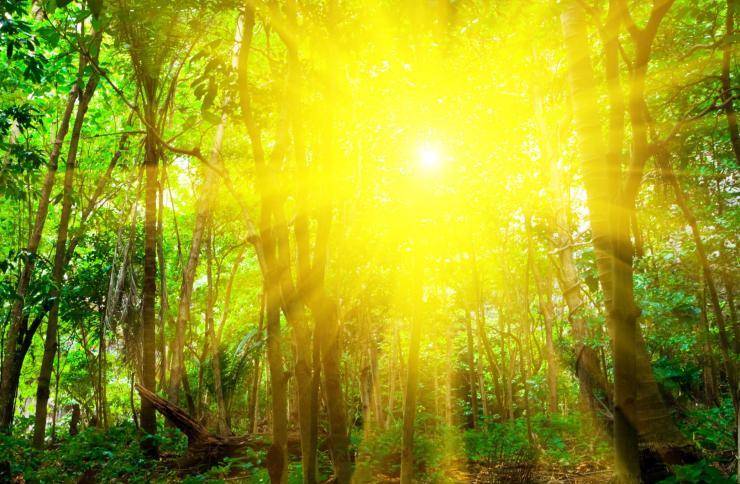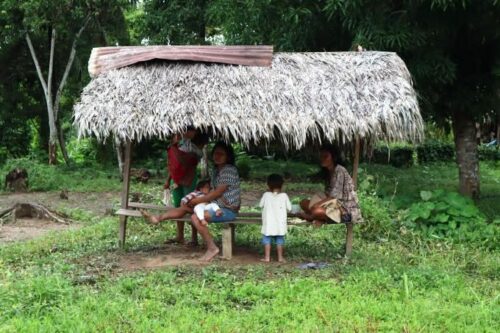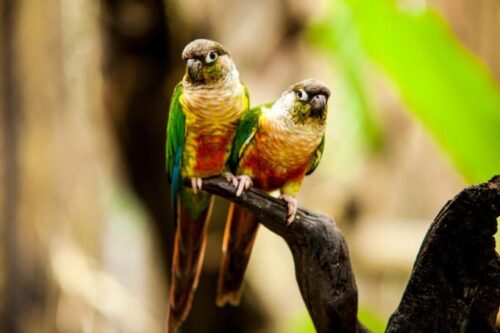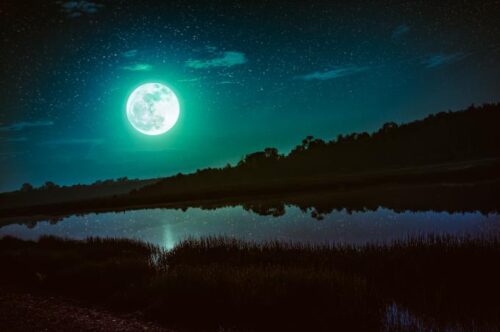Peru. The Time to the Asheninka.

What is the importance of time to the Asheninka, an Amazonian people of western Peru? Let’s find out.
In the Amazonian world, time is marked by elements that can be stars, plants, animals, and others. The day is marked by the sun. The sun is what largely determines the conception of time and consequently the organization of life in each culture. It marks the rhythm of life and affects the way of living of indigenous groups.
The concept of time appears to be rather irrelevant to Asheninka. Asked if time was important to his people, an elder Asheninka answered “Time is not very important to us, one can leave, go back home, or go to work at any time. We can decide to visit our neighbours at any moment of the day, and they are always ready to welcome visitors and drink oshtecon (masato or fermented cassava drink) with them.

The concept of time appears to be rather irrelevant to Asheninka.
If people have to work or if they intended to do something else, they decide that they can postpone it and enjoy the company of friends and neighbours. Being together, enjoying the company of friends and neighbours is important to us. We can go fishing and we may decide to spend the day at the river, eating what we have caught and then take sleep there. This is our rhythm of life”.
Basically, the Asheninka are not interested in establishing the right time to do something, but rather in being in harmony with the environment, giving value to those things that give meaning to their life.
Time is not the main element that marks the rhythm of their life, but rather the sun, and weather conditions. The Asheninka do not go fishing or hunting or cultivate crops in heavy rains. But this is not a problem for them, they can carry out their activities at any other moment. They can wait for good weather. They don’t go hunting during a full moon either. The moon also plays an important role in the lives of this indigenous group. By watching the moon, they can forecast the weather.

Parrot. The birds sing different melodies depending on the time. 123rf.com
An old man, Bonifacio explains: “On a night of full moon you don’t go hunting, because animals, on those nights, hide in dark places where it could be dangerous for people to go because of snakes. Furthermore, when a full moon occurs, you don’t need to go fishing in the open sea since the fish, on nights of the full moon, swim to the shore and can be caught with arrows”.
Stars also are prominent in the life of the Asheninka, who use them to tell the time. Another elder Asheninka says: “There is a small group of 7 little stars: they are also used to tell the time. At dawn, one can see a big star, it is the dawn star, it rises just at 3 in the morning, and it is visible throughout dawn”.

The moon plays an important role in the lives of this indigenous group. By watching the moon, they can forecast the weather. 123rf.com
The animals of the jungle are also important to mark the time, among the Asheninka. Who knows that the partridge and the toucan or pinsha, as it is also called, sing at noon? The manakaracos, black birds living on the riverbanks, sing at six in the afternoon. The crickets and frogs sing when night falls. In this regard, an elder Asheninka said: “When darkness covers the mountain, crickets start their “day”. You can hear a cricket, which must have a watch since it chirps exactly at 6 in the evening, then it remains silent for a little while and then starts chirping again and again at regular intervals, until its battery runs out”.
It is also interesting to know that birds sing different melodies depending on the time and indigenous people are able to recognize their different songs. The plants also, especially when they flower and bear fruit, indicate the best time of the day for hunting and fishing. The small plant, commonly known as the 12 o’clock-flower, starts to open at 11, at noon it is wide open and remains so until 1 in the afternoon, then closes again. “The shimashiro trees flower during the right period for hunting when animals are healthy and fat. While the blooming of the ocuera indicates that parrots have just had their chicks, and when its fruits are ripe the little parrots have already begun to fly and at that moment farmers must be careful to keep them from eating corn seeds”, an Asheninka man warns.
Jhonny Mancilla Pérez



